Unveiling Nepal’s Butterfly Paradise: A Guide for Enthusiasts and Nature Lovers
Nepal, nestled in the heart of the Himalayas, is not only famous for its towering peaks but also for its rich butterfly diversity. With over 651 species, representing 3.72% of the world’s butterfly population, Nepal offers a unique opportunity for lepidopterists and nature enthusiasts alike. Let’s embark on a journey through Nepal’s butterfly havens and discover the best ways to experience these delicate, colorful creatures.
The Allure of Nepal’s Butterfly Species
Nepal’s diverse landscapes, ranging from lowland Terai to high-altitude Himalayan regions, provide ideal habitats for a wide variety of butterflies. Some of the captivating species you might encounter include:
- Great Orange Tips
- Purple Sapphire Circles
- Oakblues
- Common Brimstones
- Yellow Swallowtails
- Krishna Peacocks
- Common Tigers
These beautiful insects have fascinated researchers and collectors for over 150 years, contributing significantly to Nepal’s natural history studies.
Best Seasons for Butterfly Watching in Nepal
While Kathmandu Valley’s mild climate allows for year-round butterfly activity, the prime seasons for butterfly enthusiasts are:
- Late March to April
- Mid-May to mid-June
- Late August to September
During these periods, you’ll have the best chance of spotting a diverse range of species in their natural habitats.
Top Butterfly Watching Locations in Nepal
Kathmandu Valley and Surrounding Areas
- Phulchowki: This forested hilltop is a butterfly hotspot.
- Godavari: Known for its diverse butterfly population near forest streams.
- Nagarjun: Offers a mix of forest and open areas, ideal for various species.
- Shivapuri National Park: A protected area with rich butterfly diversity.
- Nagarkot: Features open scrubby bush areas perfect for butterfly watching.
- Chandragiri: Another excellent location for spotting various species.
Beyond Kathmandu
- Pokhara: Home to the Annapurna Natural History Museum, showcasing Nepal’s butterfly specimens.
- Tiger Mountain Pokhara Lodge: Recorded 250 butterfly species in its vicinity.
- Chitwan National Park: Offers year-round butterfly sightings in the Terai region.
- Bardia National Park: Another lowland area rich in butterfly diversity.
- Koshi Tappu Wildlife Reserve: Known for its wetland species.
Nepal’s Butterfly Families: A Brief Overview
Nepal’s butterflies belong to five main families:
- Swallowtails: Large, often tailed butterflies including the proposed national butterfly, Krishna Peacock.
- Whites: Includes Cabbage Whites and Common Brimstones.
- Blues: Small, often iridescent butterflies, not always blue in color.
- Nymphalids: A diverse family including the Orange Oakleaf and Painted Lady.
- Skippers: Distinctive for their hooked antennae and unique resting position.
Planning Your Butterfly Watching Tour in Nepal
When organizing your butterfly watching expedition in Nepal, consider the following itinerary suggestions:
- Start in Kathmandu with city sightseeing and visits to nearby forests.
- Explore Shivapuri National Park and Nagarjun hill.
- Visit Godavari and Phulchowki areas.
- Take a trip to Nagarkot and Changunarayan.
- Consider extending your journey to Chitwan National Park or Pokhara for lowland and mid-hill species.
Conservation Challenges and Responsible Watching
While Nepal boasts an impressive butterfly population, some species face threats due to habitat loss and climate change. Over 20 species are currently listed as endangered. As a responsible butterfly watcher, remember:
- Observe without disturbing the butterflies or their habitats.
- Support local conservation efforts.
- Learn about the ecological importance of butterflies in Nepal’s ecosystems.
Conclusion: Nepal’s Winged Wonders Await
From the vibrant lowlands to the serene Himalayan foothills, Nepal offers an unparalleled butterfly watching experience. Whether you’re a seasoned lepidopterist or a casual nature lover, the country’s diverse butterfly species and breathtaking landscapes promise an unforgettable adventure. So pack your binoculars, grab a field guide, and prepare to be amazed by Nepal’s fluttering rainbow of butterflies.
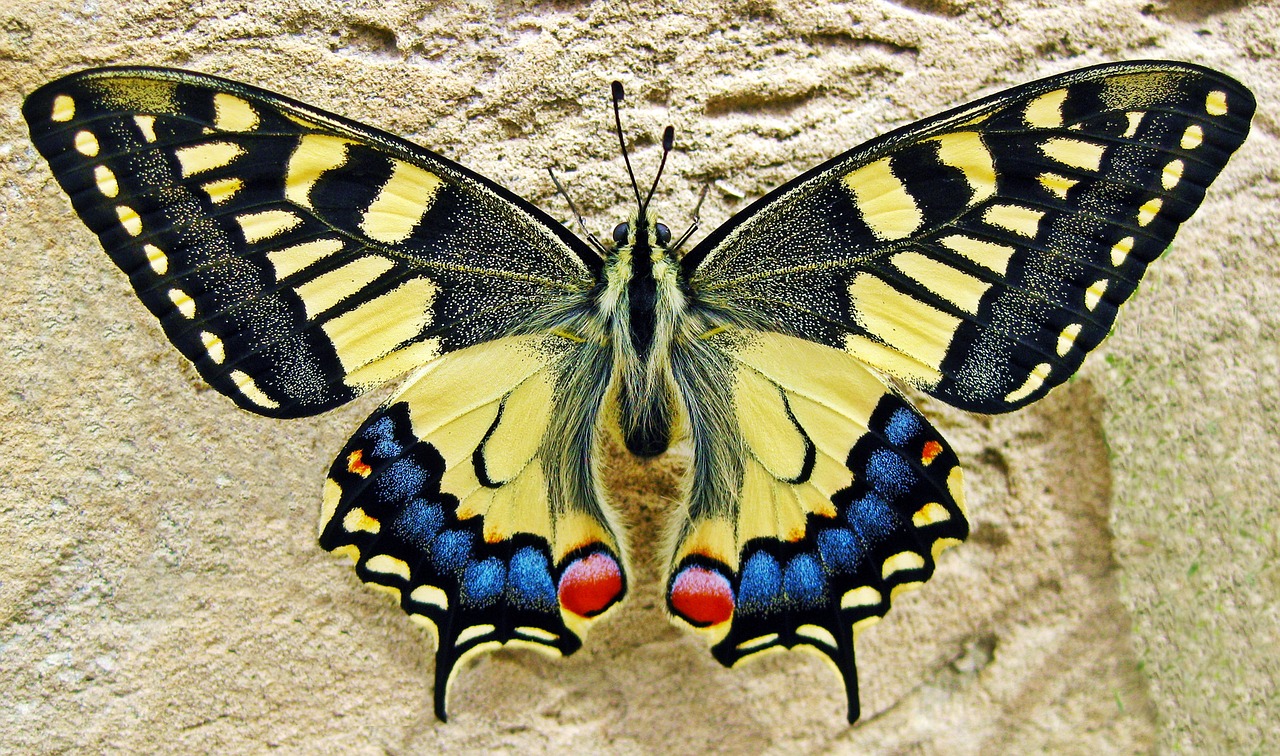
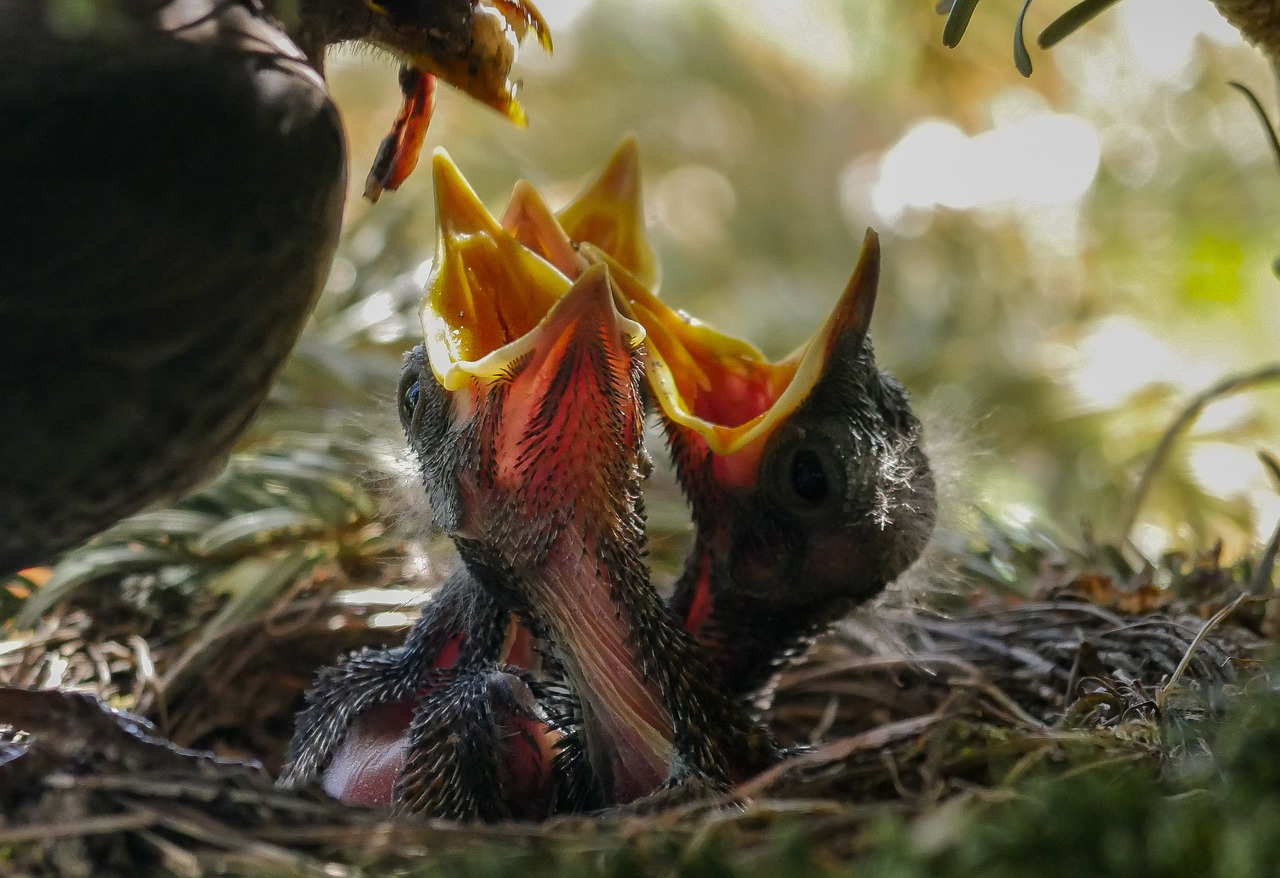
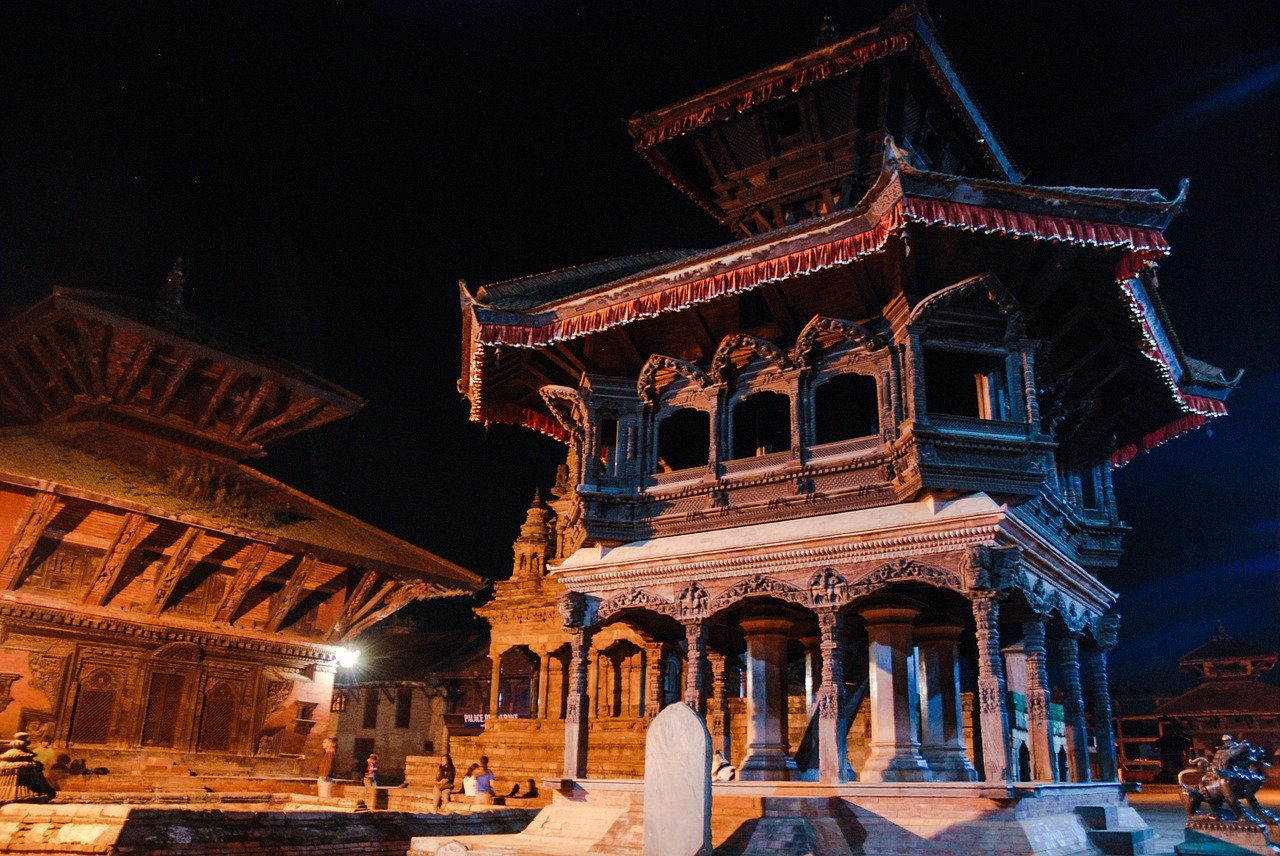
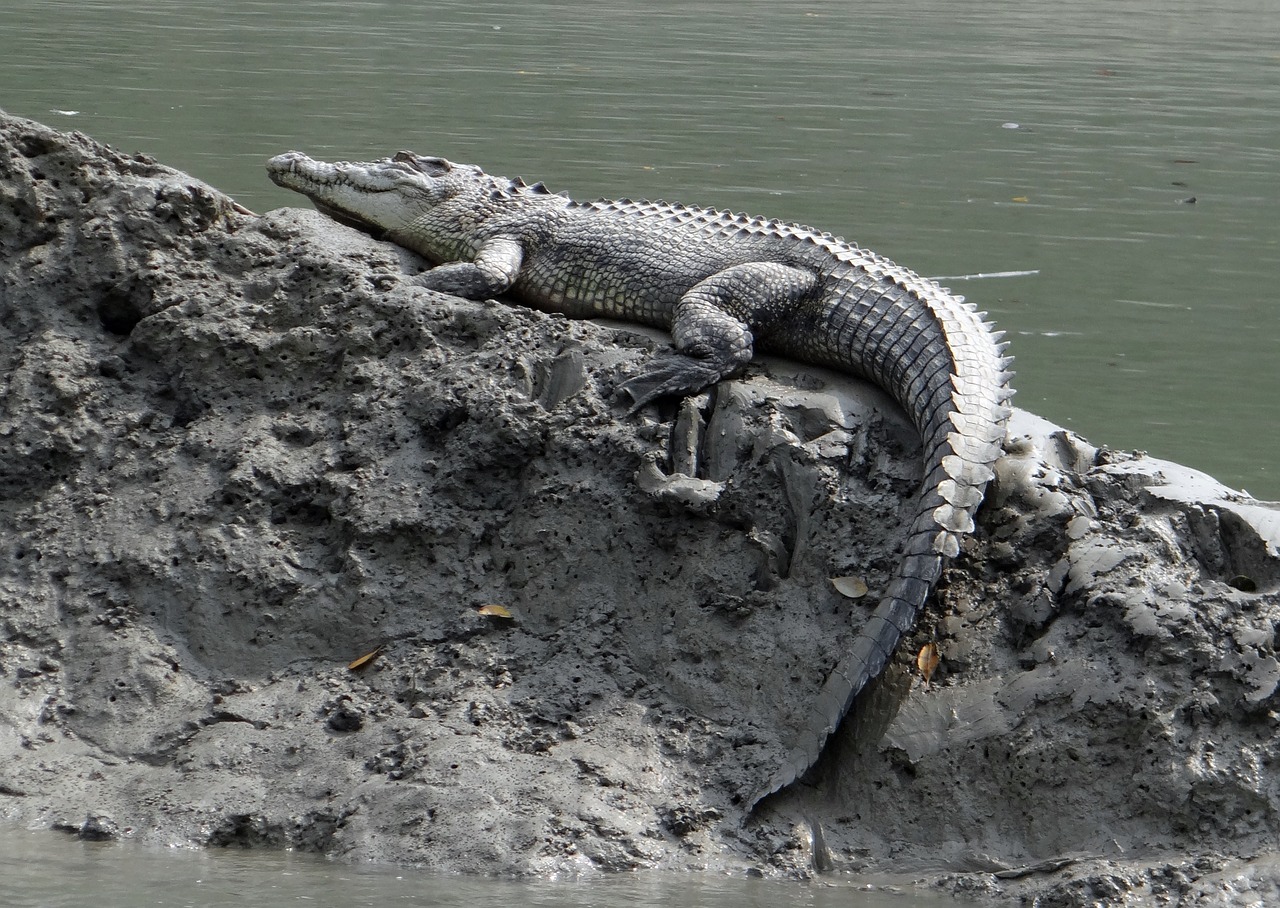
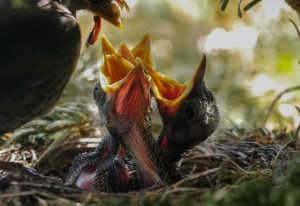
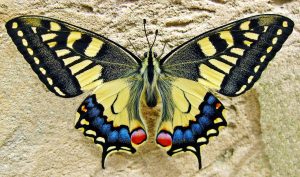
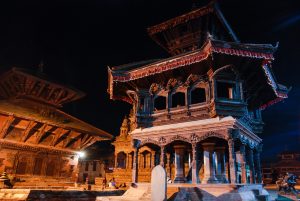
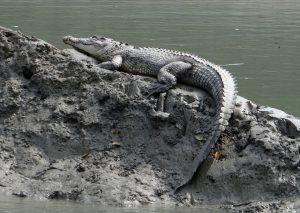
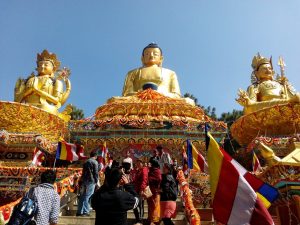
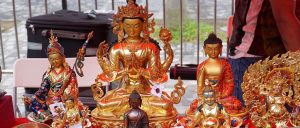
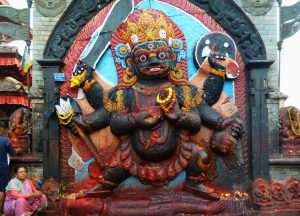
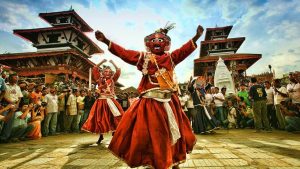
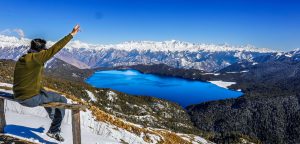
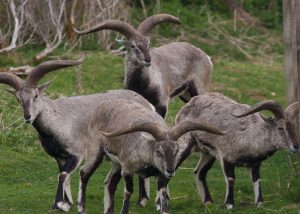
106 comments